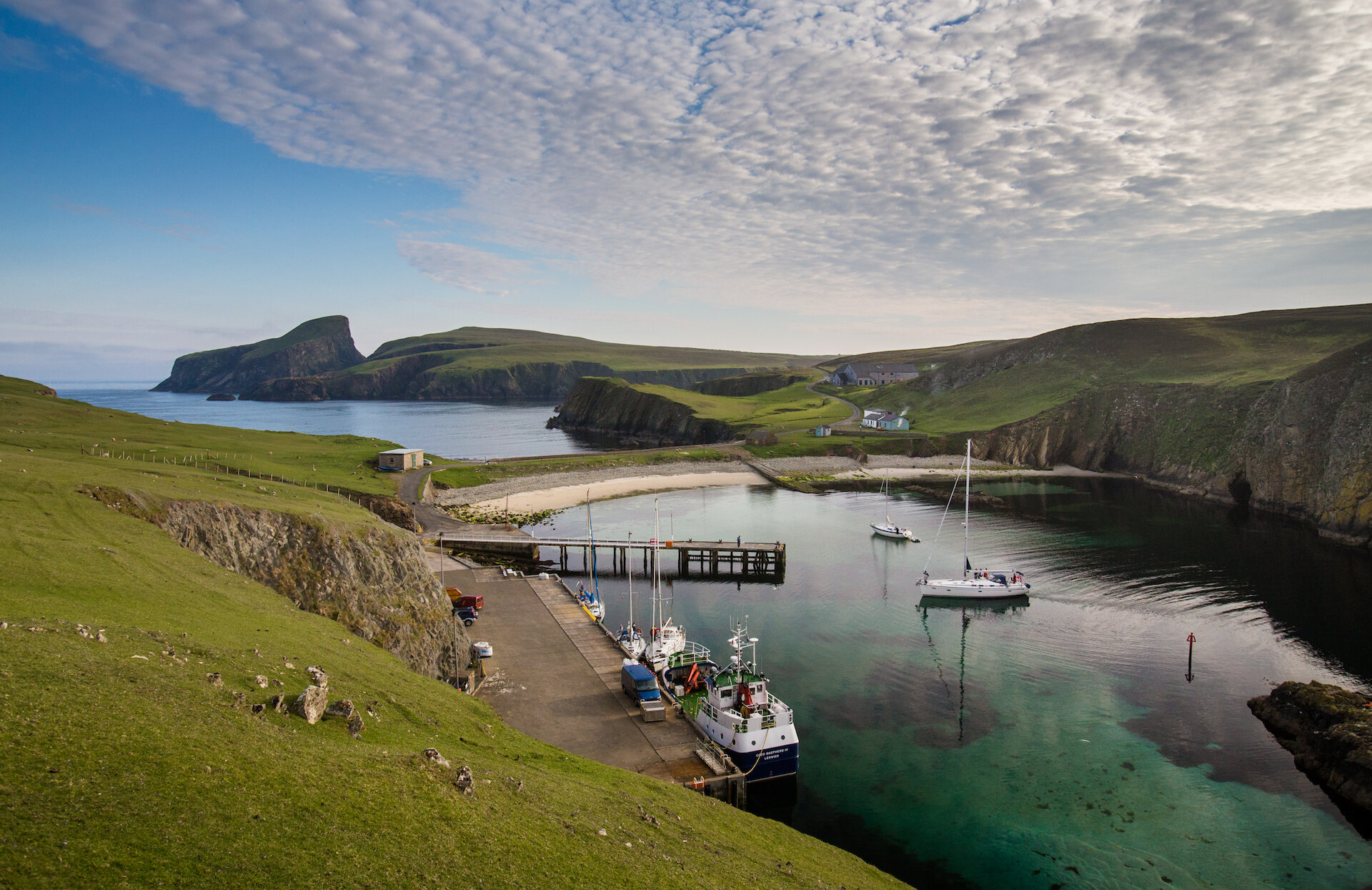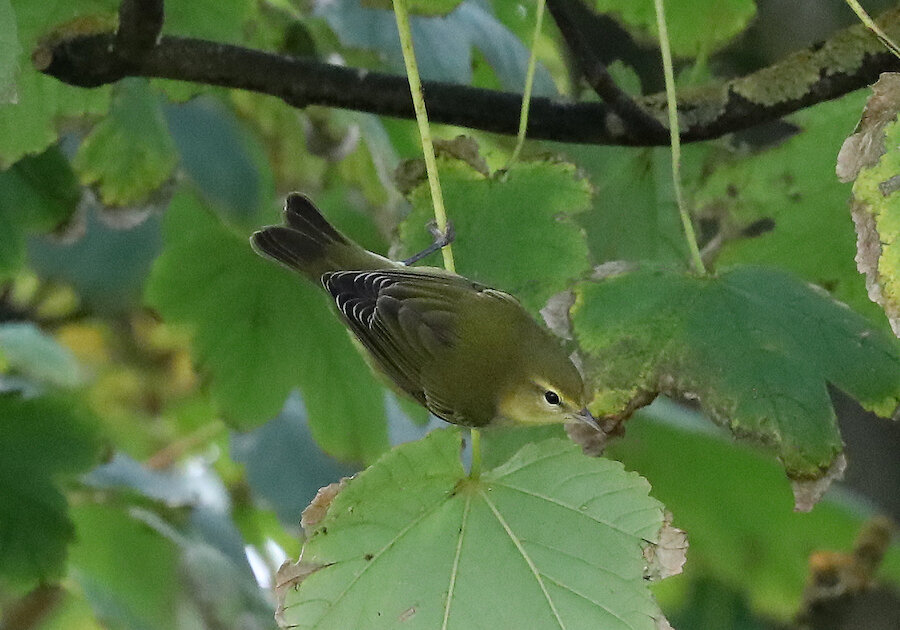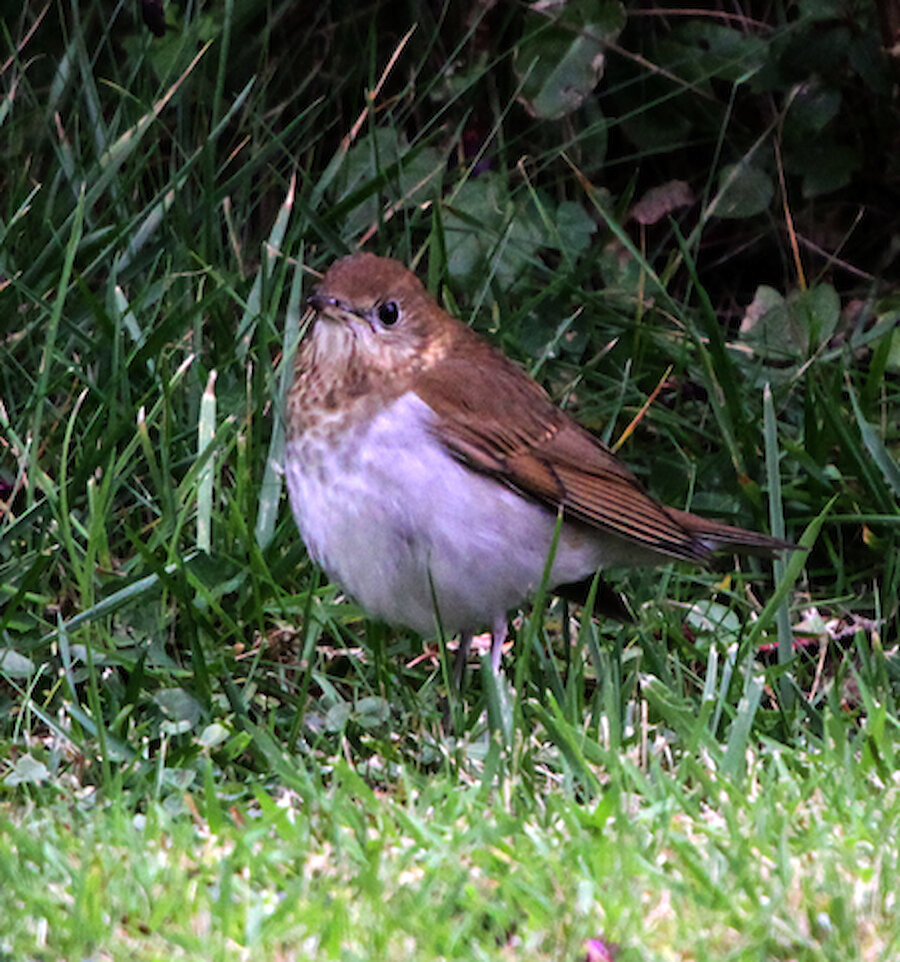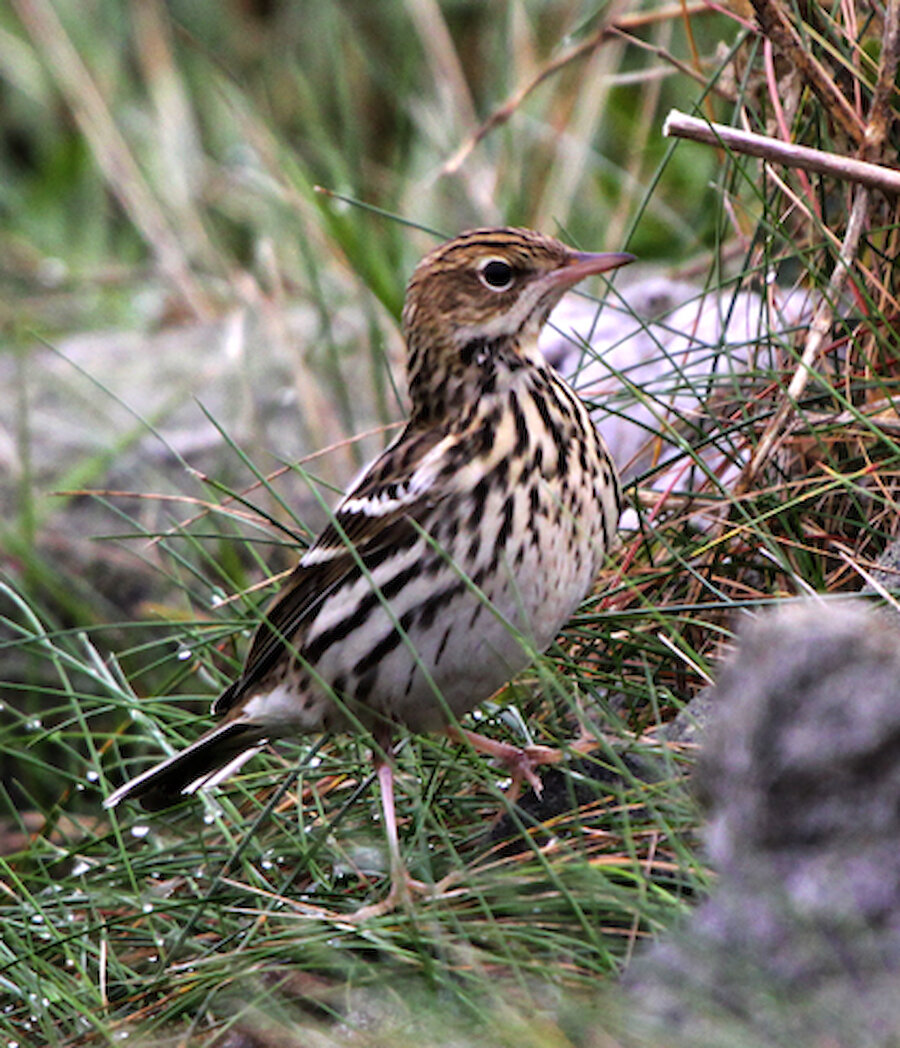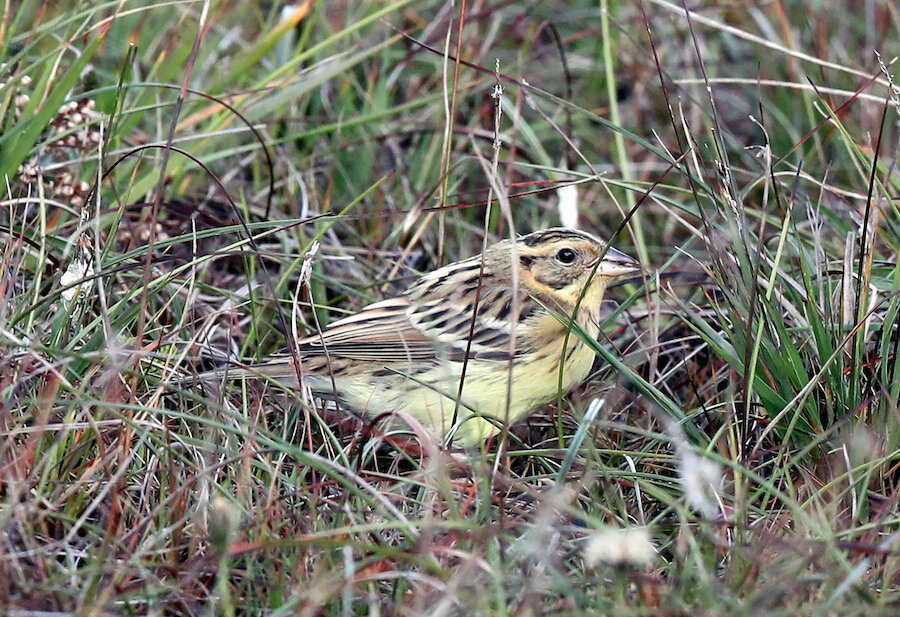I blame the Isles of Scilly for it.
The previous autumn, I’d taken myself down to Scilly for a week. In those pre-internet and mobile phone days this had, rather quaintly, involved going to a travel agents to arrange a return ticket on the Scillonian and to find myself a bed and breakfast on the main island, St Mary’s. There was a certain need for secrecy, as I was still a schoolboy and I knew my parents would not approve of my plans for a solo holiday.
Scilly, back then, enjoyed an enviable reputation as the destination in autumn for birders hoping to see rare birds – lost, vagrant birds migrating from their breeding grounds in North America or Siberia to their wintering quarters, blown thousands of miles off course. Hoping to see whatever blew in, every October thousands of birders would head to Scilly to spend a week or two walking the narrow lanes of the islands, peering through thick, lush hedges into sheltered bulb fields. The next bird could be the big one, a Hermit Thrush from the USA, a White’s Thrush from Siberia, or who knew what…
The critical part of this was the walking. Scilly’s inhabited islands are pretty small and, provided you’ve a reasonable level of fitness, you can get around them entirely on foot. I’d thoroughly enjoyed my first birding holiday and, the following year, was ready to spread my wings further afield.
Fair Isle, Shetland’s most famous island, was also renowned amongst birders for attracting rare birds, and that was where I was heading when I landed at Sumburgh.
The only problem was that, lulled into a false sense of security by Scilly’s compact size, I’d spectacularly underestimated the scale of Mainland Shetland alone. Tingwall, the airfield that services the outer islands, was over 25 miles away from Sumburgh. Who knew Shetland was so big?
It didn’t look that large, sat in the little box on the television weather maps.

